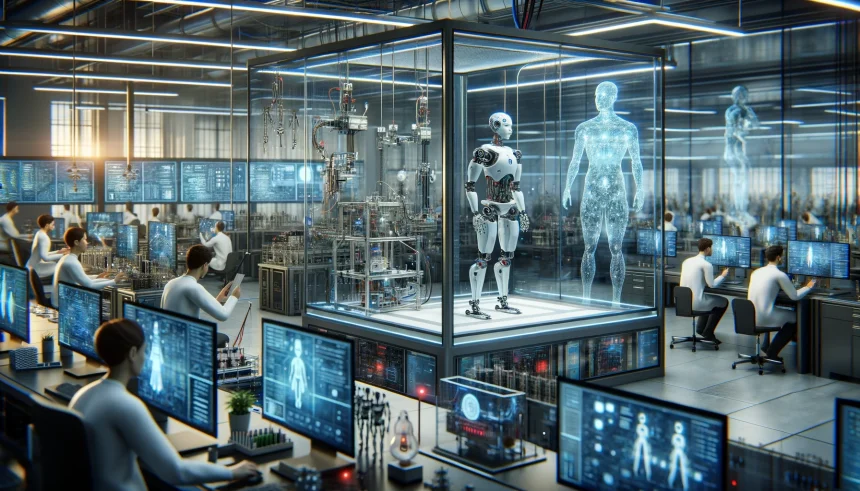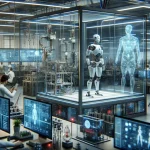California’s autonomous vehicle (AV) landscape experienced a significant shift when Senator Dave Cortese retracted Senate Bill (SB) 915. This bill proposed granting local municipalities the authority to regulate and impose taxes on AV companies, paralleling the regulatory framework for taxicabs in the state. The proposed legislation aimed to add another layer of oversight, which many stakeholders believed would either impede or facilitate the growth of AV operations, depending on their perspective. More details on the bill and its implications can be found here.
Regulatory Landscape
Currently, in California, the California Department of Motor Vehicles (DMV) and the California Public Utilities Commission (CPUC) oversee the regulations for AVs. A company must acquire the necessary permits from these agencies to operate its services. SB 915 sought to extend these requirements by mandating AV companies to obtain permits from every city or county they serve, potentially adding a complex layer of local oversight.
Opponents of the bill argued that such measures would bog down AV companies in bureaucratic hurdles, stifling their ability to expand and innovate. On the other hand, supporters contended that local jurisdictions could more efficiently address community-specific concerns and thereby enhance public safety and regulatory compliance.
Local vs. Statewide Authority
Had SB 915 been enacted, cities and counties could have established their own permitting programs, set limitations on vehicle numbers and operating hours, and implemented systems for emergency overrides accessible by first responders. Additionally, these local entities would have had the power to charge fees or assessments to AV companies, potentially creating a patchwork of regulations across the state.
In August 2023, the CPUC granted final operational permits to Cruise, a subsidiary of General Motors, and Waymo, owned by Alphabet. These permits allowed them to expand their services, including the ability to charge for rides and increase their fleet sizes. However, the city of San Francisco filed a lawsuit against the CPUC, challenging this decision and advocating for stricter oversight and safety measures.
San Francisco’s legal action seeks to prompt the CPUC to reassess its August decision and consider implementing additional safety benchmarks and reporting requirements. This includes addressing incidents involving first responders and disruptions to public transportation, which have been points of contention in the city.
Other autonomous vehicle companies operating in California include Cruise and Waymo. These companies are at the forefront of integrating AV technology into urban transit systems, but they face ongoing scrutiny and regulatory challenges from both state and local authorities.
Comparing this development to past regulatory attempts, it becomes evident that the tension between state-level policy and local control continues to influence the AV industry’s trajectory. Earlier efforts to regulate AVs have often encountered similar resistance, with stakeholders debating the balance between innovation and public safety. The withdrawal of SB 915 is the latest chapter in this ongoing narrative.
In drawing comparisons with previous regulatory initiatives, it is clear that the AV industry has consistently faced a push-and-pull dynamic between fostering technological advancement and ensuring stringent oversight. The debate over SB 915 underscores the complexities involved in creating a regulatory environment that satisfies both innovation and public safety requirements.
Looking ahead, the discourse surrounding SB 915 highlights the need for a balanced approach to AV regulation. For AV companies, navigating this regulatory landscape requires continuous adaptation and collaboration with local and state authorities. Ensuring comprehensive safety measures while supporting technological progress will be crucial for the broader acceptance and integration of AVs within urban environments. Future policy decisions will likely reflect the ongoing efforts to harmonize these objectives and address the multifaceted challenges posed by the deployment of autonomous vehicles.










